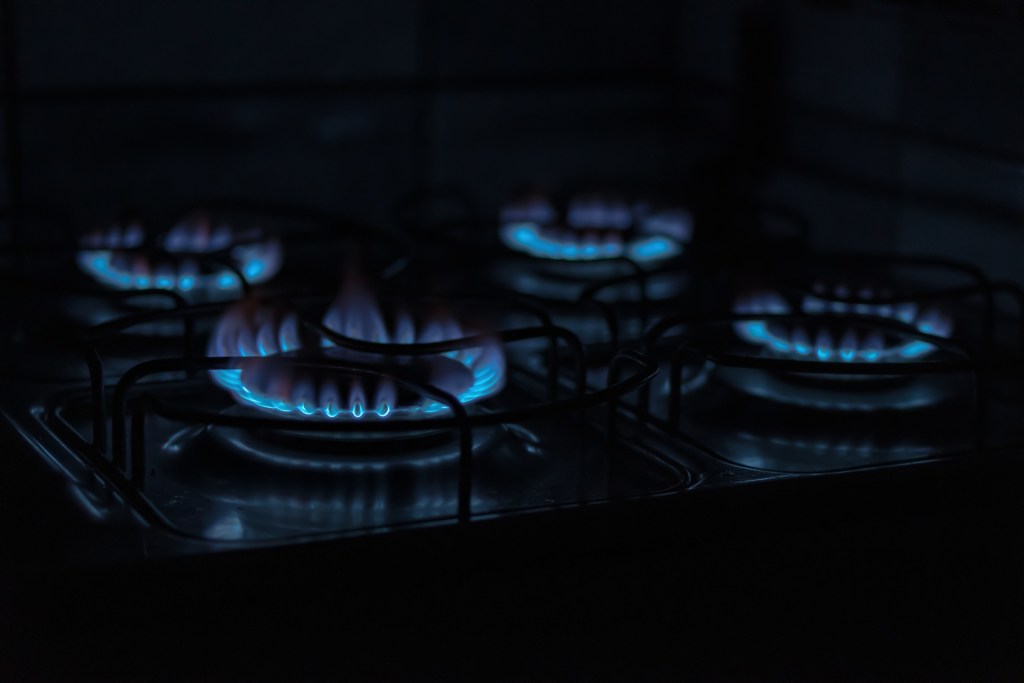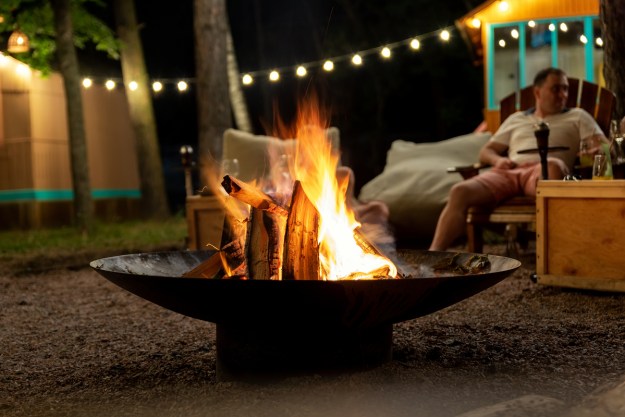Finding a gas grill that works for you and that goes well with your patio can be a bit of a challenge. There are so many different grills from tons of different brands. How do you know which to choose? After all, each brand speaks about its barbecue grills with its own specific jargon and terms. How can you be expected to keep abreast of what everything means?
Plus, each new model seems to be equipped with this new feature or that latest fad. With all the information floating around, it can be a little intimidating. Put your mind at ease, though, because we’re going to break down the basics on the different types of gas grills. That way, you can get on with some delicious outdoor cooking!

Make up your mind
You have a couple of choices right off the bat. You need to decide whether you want a freestanding or built-in gas grill. We’ll explain the difference between the two below.
Freestanding gas grills
Freestanding gas grills are placed on mobile carts, which usually have enclosed areas to store cooking accessories and a fuel tank. Some people prefer these types of gas grills for their patios since they’re easier to move about. In fact, your whole cooking setup can be rearranged without much trouble at all due to the mobility these types of grills possess.
If you’d like to simmer sauces for basting or prepare side dishes, look for a freestanding gas grill with a side burner.
Built-in gas grills
Interestingly, built-in gas grills are also called grill inserts, drop-ins, or grill heads. Whatever you choose to call them, they’re almost always a part of a larger, outdoor kitchen. In other words, sure, you can put one on your patio … but you’ll likely be the sort to install a fully equipped outdoor kitchen in your backyard. (There’s nothing wrong with that, especially if you often host big outdoor parties.)
While they go with outdoor kitchens like a hand in a glove, built-in gas grills can also be found in barbecue islands. You can buy many different types of matching accessories that allow you to create your own “look.” Just as your kitchen might be a common gathering place for friends and family to schmooze, the built-in gas grill that’s a part of a barbecue island or outdoor kitchen has the same natural effect.

Decide which gas to use
Just as you have two primary choices for your gas grill configuration, you also have two major options for the fuel they use. You’ll need to reach a decision on whether you want to use propane or natural gas. Both of these gases are priced similarly, and they both accomplish the same purpose. Because there’s little difference in the outcome no matter which gas you choose, you need to make your choice based on convenience and availability.
However, when considering which gas you want, remember that decision will need to be final once you make up your mind. That’s because it’s not easy to convert from one fuel type to another. Moreover, you should never try to switch out these fuel types yourself. Doing so can void whatever warranty you got when you purchased the grill. With that said, there are just a few other things to consider.
Propane gas grills
If you don’t have natural gas lines, you should probably think hard about using propane. You can buy regular 20-pound propane tanks and exchange them at many grocery or hardware stores. Additionally, refilling these tanks is relatively easy since all you must do is make a trip to the local distributor.
Although you have to refill the propane tanks yourself, the fact that the fuel source isn’t connected to natural gas lines will automatically make your grill a bit more mobile.
Natural gas grills
The natural choice when you already have existing natural gas lines is, of course, a natural gas grill. As long as you’re paying the bill, natural gas companies will pipe the gas into your home just as surely and regularly as the electric or water company provide their services. A benefit of using a natural gas grill over a propane grill is that you could conceivably turn it on and leave it on without ever worrying that you’ll run out of gas.
There’s a lot more that we could say when it comes to picking the best gas grill for your patio. However, when it comes to the basics, we’ve pretty much shared what you need to know. From here, it’s your responsibility to figure out what works best for you and your lifestyle — and then go make it happen!
Editors' Recommendations
- What to know about BBQ tool storage: How to store your outdoor grill this winter
- Check out these small outdoor kitchen ideas to turn your limited space into a chef’s paradise
- When and how to transplant tomato plants for the best results
- Good, better, best: The perfect gas grill for your outdoor kitchen
- Start these vegetables in the greenhouse this winter for a delicious harvest



